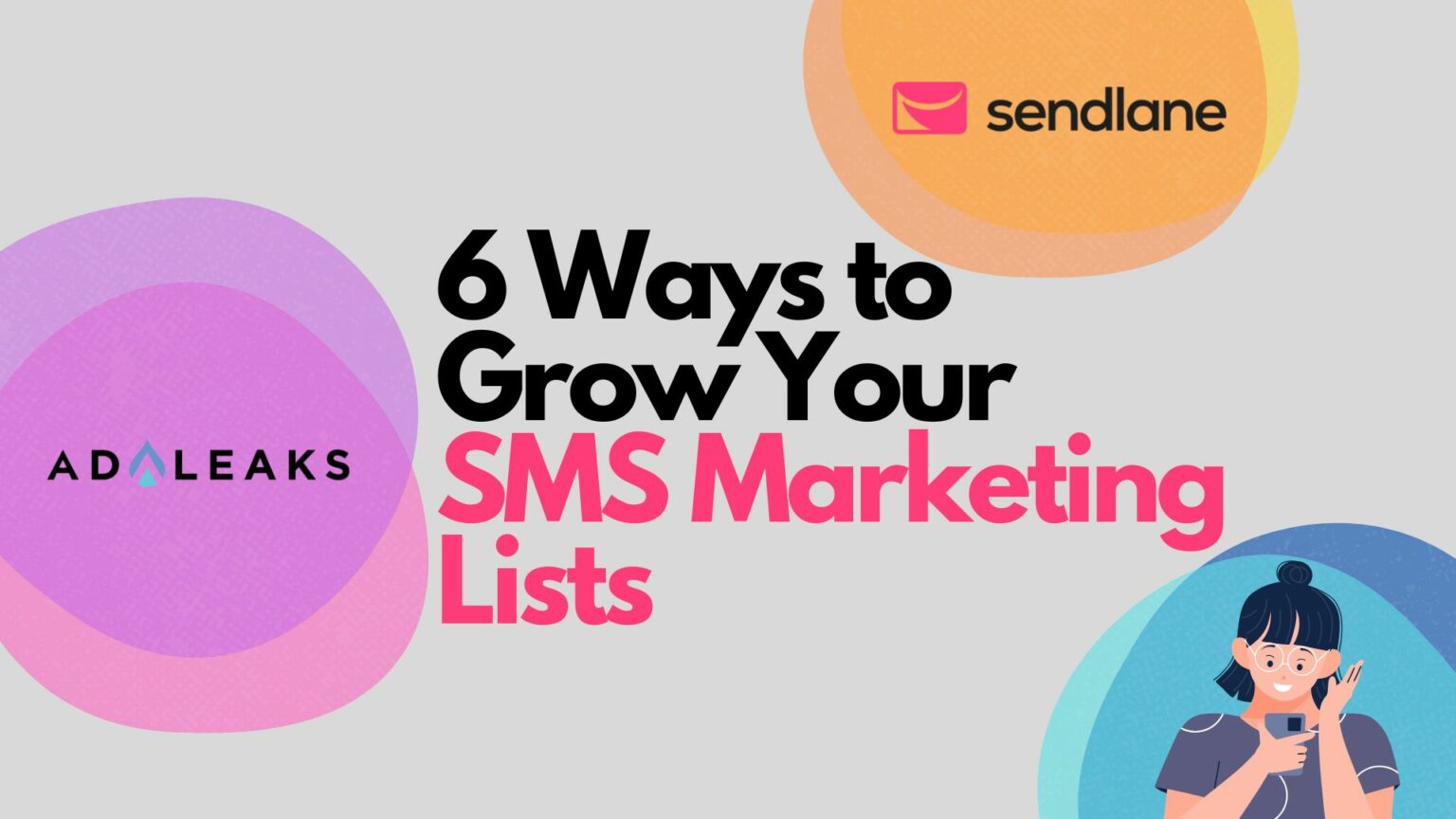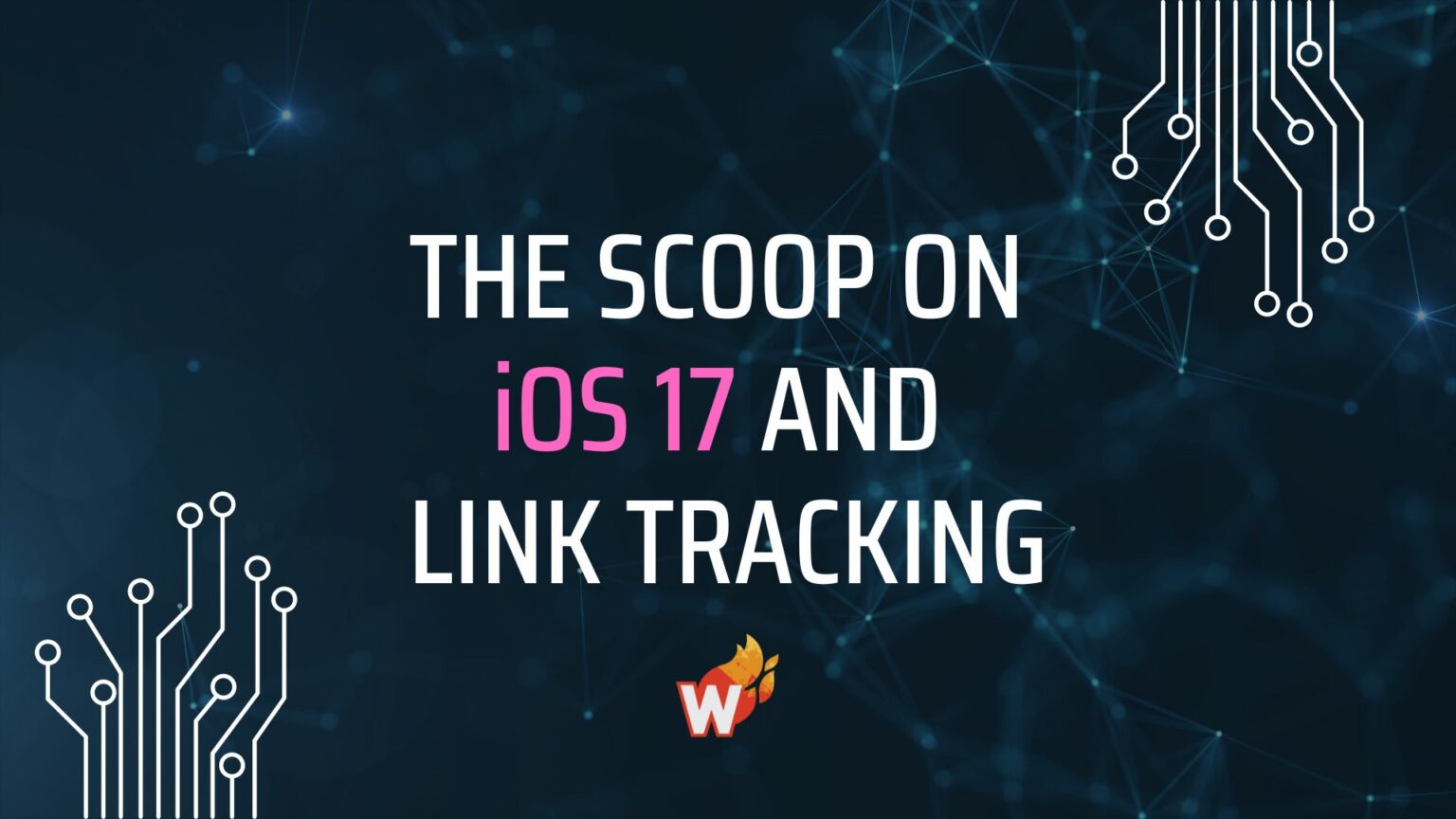
Basic Email Segmentation Tips For Better eCommerce Results


Savvy marketers and eCommerce stores often use email segmentation to increase their company's or clients' bottom line. In a nutshell, basic email segmentation divides and categorizes your customers into smaller groups that you can target with personalized content.
When you look at this concept from a marketing perspective, it totally makes sense. After all, different customers have different tastes, preferences, and buying habits.
Segmentation can be based on anything, like gender, age, product preferences, purchase behavior, and a lot more. By grouping customers who have similar attributes or behavior, you can create tailored messages and offers.
Segmented campaigns can:
- Amp up your email revenue by as much as 760%
- Boost your open rates up to 14.32%
- Get you 54.79% more clicks
Plus, email segmentation is the reason why our clients experience up to a 30% increase in revenue within 90 days or less upon implementing segmentation strategies.
What Are Other eCommerce Stores are Doing Wrong?
A lot of eCommerce stores resort to the “spray and pray” method because it’s quick and easy. But if you’re guilty of this, you should stop doing it right away.
The “spray and pray” method eventually leads to low conversions and bad deliverability. If your deliverability rate continues to drop, your revenue and customer lifetime value will follow.
So why is “spraying and praying” not advisable? When you spray and pray, you’re lumping your customers into one category. It’s like shooting in the dark.
But when you create content tailored to specific segments, you’re playing to their interests. You are making sure that you’re sending them relevant content. Compared to shooting in the dark, segmentation is more precise.
Once again, it’s all about tailoring your content for each segment to create a more personalized customer experience.
Here’s something interesting. High level, 8- and 9-figure eCommerce stores focus on continuously improving the customer experience to make it as personalized as possible.
They know that personalization leads to higher open rates, click rates, conversion rates, order values, and higher revenue.
So stop it with ‘spraying and praying’ and start focusing on email segmentation because it is what will give you results.
The Bread-and-Butter of Basic Email Segmentation
These are usually the first segments that marketers work with because it’s the simplest.
These are the three basic segments that all eCommerce stores should have if you’re just starting to use this tactic.
Segmenting by Demographics
To segment by demographics effectively, this boils down to how much information you have on your customers.
Information like age, gender, or annual income can already give you a lot of ideas. So the more information you have, the more targeted your campaigns can be. Here’s a quick example. If you’re selling clothes, you can segment by gender. That way, your male customers won’t receive any of your offers for women’s fashion.
Active and Inactive Customers
Segmenting your list by active and inactive customers is one of the most basic things all stores must do. If you’re not doing this, you’ll likely experience a decline in open rates and deliverability issues.
Remember, you want to keep sending your campaigns to people who’ll want to hear from you. There are a lot of ideas for emails that will help reduce churn rate.
If you implement these correctly, this will reflect on your deliverability rates, and open rates, clicks, and revenue.
For your inactive customers, you can explore creating a win-back flow to re-engage them. And this is something that you might want to try before Q4!
Purchase History
You can tell a lot about a customer from the products they purchase. To leverage this information, you can create email campaigns/flows and recommend similar items that would complement the customer’s last purchase or are in the same category as the last purchase.
Yes, these are the “You bought this, you’ll probably enjoy these too…” emails!
Using the customer’s purchase history is a great opportunity to cross-sell or up-sell. You can get as much as 10-30% more revenue from the recent buyers who frequented your store just by doing this.
Is Basic Email Segmentation Enough?
The honest answer is no. While these basic segments do work and produce results, there are still a ton of other ways to segment.
These beginner segmentation strategies are your jump-off point to a more intensive email marketing strategy. If you’re ready to gear up and scale up to 8-9 figures, it’s time to implement advanced segmentation strategies next.
For example, your ‘active subscribers’ segment can further be broken down to ‘didn’t open emails in 3 months.’ For ‘purchase history’ segments, you can also look at when their last purchase was, and if they already purchased the related products you were planning to recommend.
Key Takeaways for Basic Email Segmentation Strategies
Here’s your key takeaway: Basic segmentation strategies only look at one layer of the picture. But the reality is there are a lot of factors that affect customer behavior.
Continue thinking of the specific segments that will allow your business to reach and convert more customers. In the end, it’s all about providing them with the best customer experience.
If you want to have more conversations about this with like-minded entrepreneurs in the eCommerce space, join Chronos's exclusive Facebook Group eCommerce Email Lab and gain access to fresh knowledge and value bombs on a regular basis.
Great strategies aren’t found, they’re made. And they're made through data-driven decisions and brutal A/B testing.
Looking for more tips and strategies for your online marketing? Join AdLeaks now!






